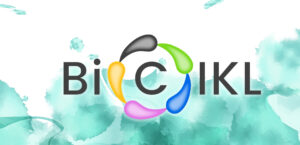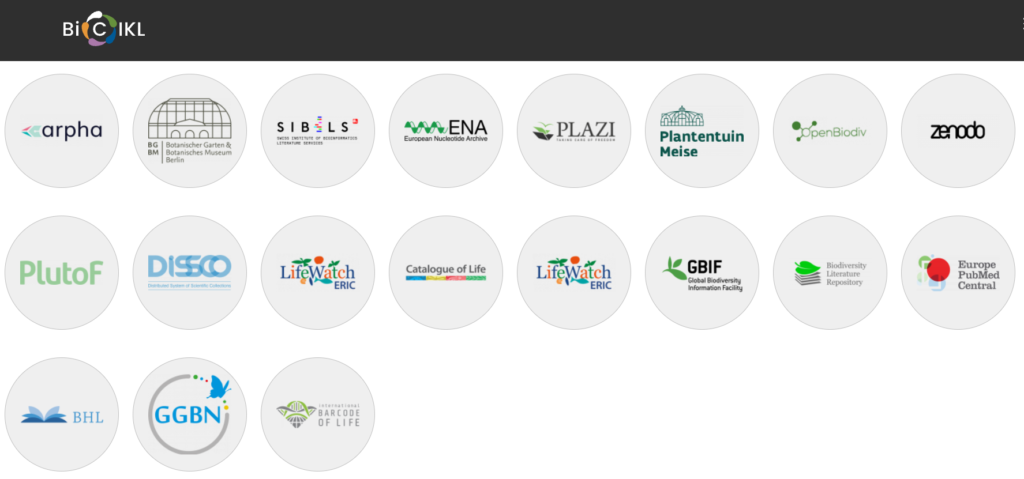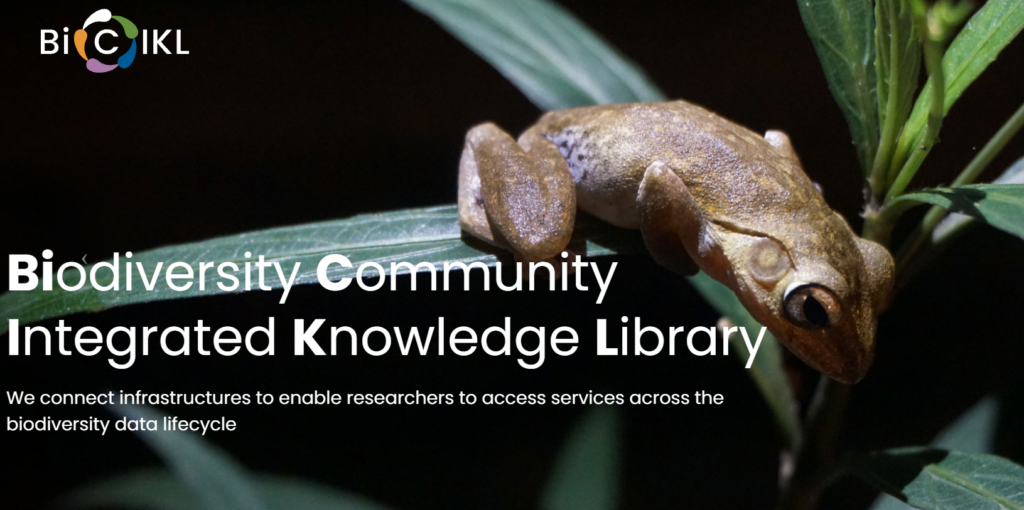
12 October 2021
Let’s say you are doing your research and you run into a specimen that is cited in a publication. Then you see that the specimen is also linked to its digital object in DiSSCo, its occurrence record data in GBIF, the sequences extracted from it in ENA, and the species name it belongs to in Catalogue of Life. You are experiencing BiCIKL.
What you just read above is only an example (some of these links already exist) but imagine just for a second the potential that this kind of all-encompassing interconnectivity could have in scientific research. Being able to retrieve a full set of linked and open biodiversity data about an organism, from literature citations to genetics, occurrences or natural history specimens would allow researchers to access the complete story behind that organism, thus significantly contributing to our capacity to do better science.
This is the goal of the European community of Research Infrastructures that are behind the Biodiversity Community Integrated Knowledge Library (BiCIKL).
BiCIKL: bridging the gap
All institutions and Research Infrastructures -established or emerging- involved in BiCIKL link biodiversity data classes provided by individual players. These players oftentimes turn out to be very different from each other, from their organisational structure or business model to the types of technology that they use. It is within this landscape that BiCIKL will undertake a considerable effort to bridge gaps between institutions and the way they manage biodiversity data types and classes.

Fig 1. BiCIKL’s Research Infrastructures (source: https://bicikl-project.eu/)
How to do that? The partners involved in BiCIKL are looking into data elements, metadata mapping, and semantics to understand how to make the Research Infrastructures more capable of working with each other. The coherence of this effort in interoperability enhancement will be the defining element to build what is BiCIKL’s ultimate goal: an unprecedented and over-arching ecosystem of European biodiversity RIs providing access to data and services at each separate stage of, and along the entire biodiversity research cycle.
BiCIKL in practical terms
In three years time, BiCIKL will have created the first-of-its-kind Biodiversity Knowledge Hub, where a researcher will be able to retrieve all possible FAIR (Findable, Accessible, Interoperable and Reusable) data behind an organism of interest, all of it interlinked and all of it machine-readable by means of unique stable identifiers on specimens, genomics, observations, taxonomy and publications.
BiCIKL will also enable remote transnational access to data and services provided by its partners as well as virtual access to open FAIR data, tools and services hosted by the BiCIKL community via call processes organised by the project.
BiCIKL and DiSSCo
The list of BiCIKL partners is long and illustrious but you might wonder what the actual role of DiSSCo is in the project. Well, for starters, three DiSSCo members (Naturalis, Meise Botanic Garden, BGBM) in BiCIKL will provide virtual access to FAIR data, tools and services. If you know DiSSCo -and if you don’t, hold everything and go here– you’ll easily see that BiCIKL project is closely aligned with our infrastructure’s vision of FAIR natural science collections data. BiCIKL is not an official DISSco-linked project like SYNTHESYS+ or MOBILISE Action (both of them are collections-based projects) but it will also contribute to the infrastructure insofar as some of the components and solutions coming out of BiCIKl will be used in building DiSSCo’s architecture.

Fig. 2 Find out more about BiCIKL at https://bicikl-project.eu/